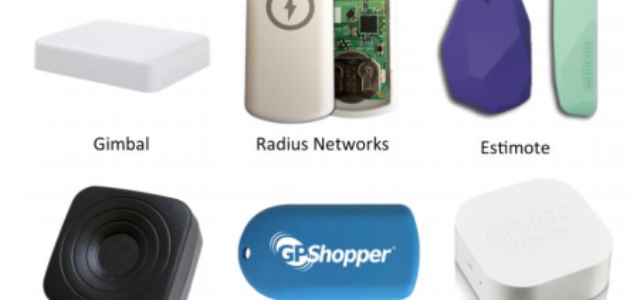When Steve Jobs first introduced the front-facing camera in the iPhone camera in the iPhone 4 in 2010, the motive was to facilitate video calls on FaceTime. After that, a selfie revolution took place on smartphones and social media.
Selfies have become a part of everyday life, to the point that they have their own unique folders on the iPhone. But along with the camera, comes advanced technology and biometric software, like facial recognition.
In September 2017, HSBC China became the first branch to allow customers to do online banking through taking selfies. With the embedded facial recognition software, customers can access online banking through their smartphones and simply blink to the device. When the device recognises their face and their passcode, customers can transfer up to RMB50,000 ($7,600) a day.
But this isn’t the first time a company or organisation uses what is known to be biometrics — the measuring of unique physical and behavioural human characteristics. The biometric market is increasing in popularity, causing experts to expect it to value at $30 billion by 2021. Researchers report biometrics to become the innovative and soon to be only ways of identification for hightened security, from banking to medical exams.
In banking, however, security tends to be an extremely important aspect, which is why biometric recognition is starting to become more popular. Other kinds of biometrics include:
- Voice Recognition: a number of banks like HSBC and Barclays use this software to be able to identify a customer using their voice. Customers at Santander can even use telephone or online banking by speaking to the machine and commanding it to make certain transactions.
- Finger Print: From airports to smartphone lock pads, unique finger prints are commonly recorded and used for secure identification purposes.
- Vein Recognition: 3D scanners can detect the patterns of veins underneath the skin on our fingers. The BBC reports Barclays bank to be one of the first to introduce this technique for its business customers.
- Eye Recognition: Some software can detect the human iris and retina by scanning the veins in the white part of the eye. The first bank in Europe to introduce this is TSB; banking customers can simply look at their screens and the software will detect their iris in order to grant them access to their accounts.
Some believe this should be the best way to maximise security while others fear it has become a moral panic. At this point, the digital age has taken all our social, geographical, personal and now biometric data. So what’s left?
Article by channel:
Everything you need to know about Digital Transformation
The best articles, news and events direct to your inbox
Read more articles tagged: Cyber Security, Featured, Hacking







